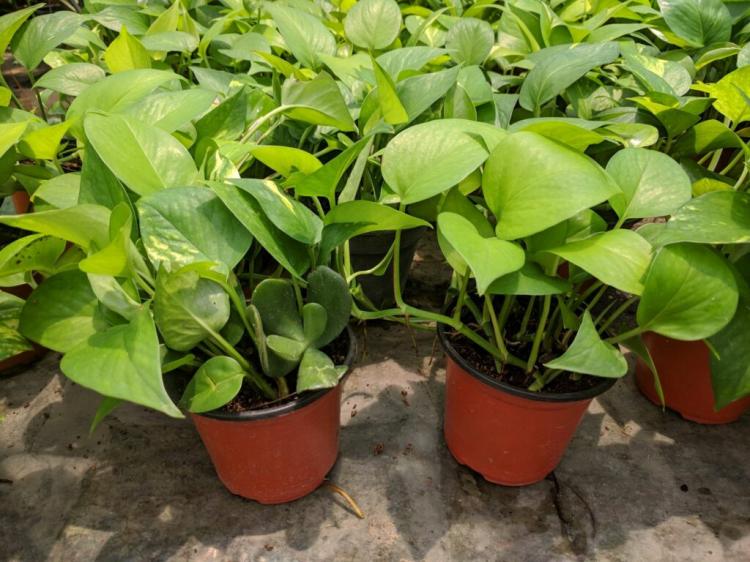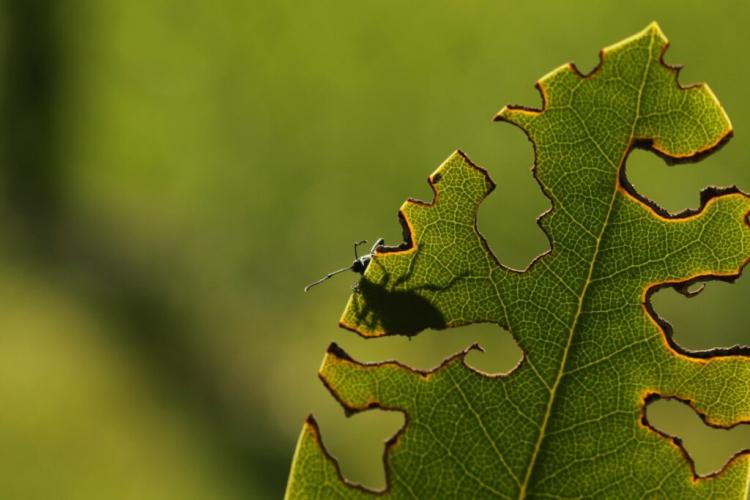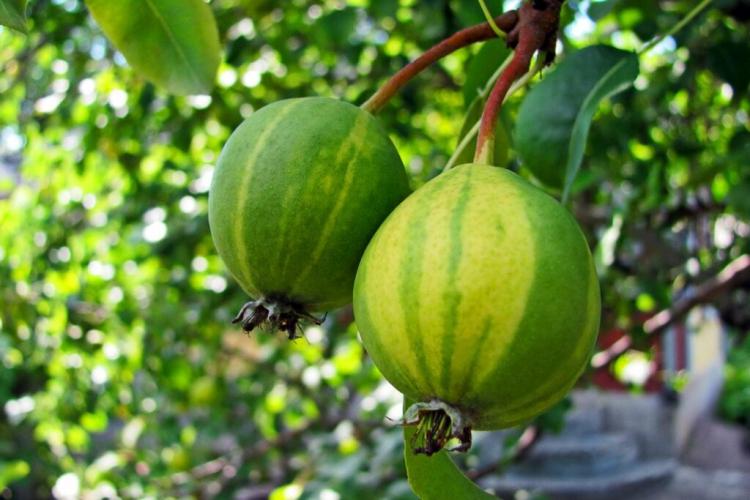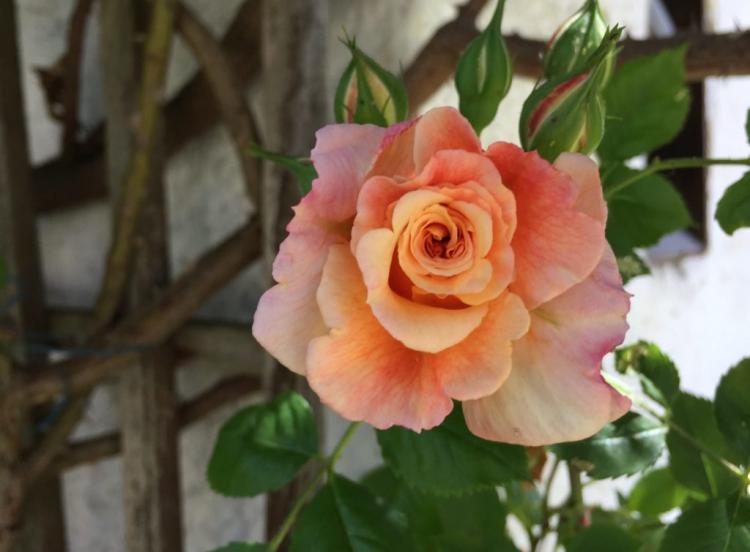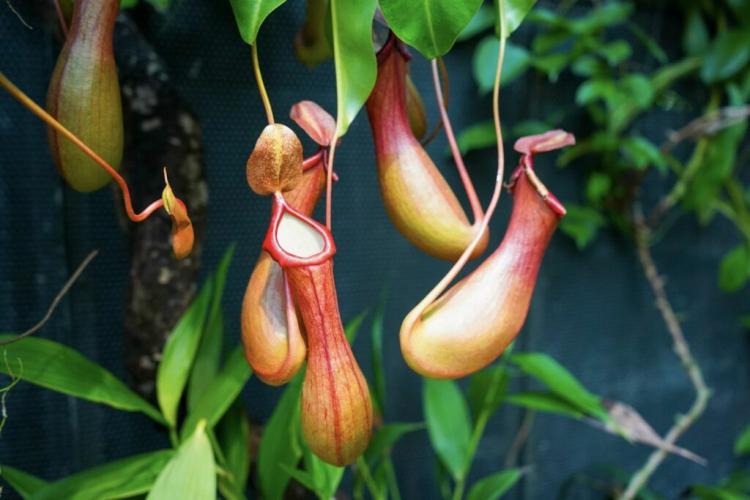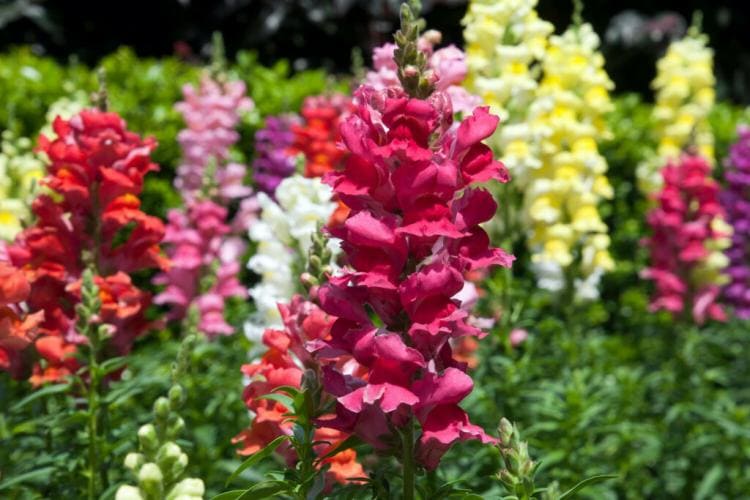Mugwort planting, harvesting & using
Because of its versatile use, mugwort has some names such as goose, broom, lady or midsummer herb. We show you how to plant mugwort, harvest it yourself from the garden and use it.
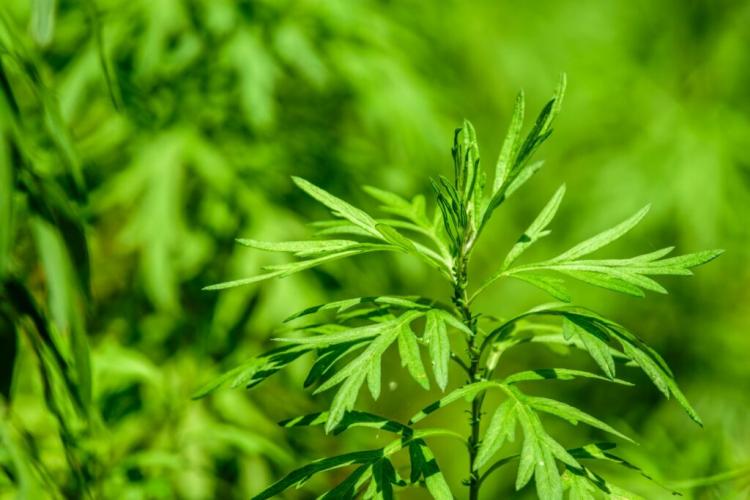
Mugwort is a medicinal herb that has been known for a long time [Photo: pisitpong2017 / Shutterstock.com]
Because of its healing properties, mugwort ( Artemisia ) has been of great importance since ancient times. But mugwort is not just a useful plant, but an easy-care and versatile ornamental plant in your garden.
Mugwort: flower, origin and characteristics
Table of Contents
Mugwort ( Artemisia ) is a plant that is widespread worldwide and is also native to us, but its exact origin is unknown. Most species belonging to the Compositae (Asteraceae) genus are perennial, slightly woody perennials. Some of these give off a very intense scent that is not popular with everyone. Mugwort is easy to grow and grows quickly, so that it can reach heights of up to 2 m, depending on the species. However, if you bring it into your garden, you should be careful because it quickly begins to grow and take over the garden for itself. With its often silvery, shiny, feathery and sometimes hairy leaves and the orange-yellowish flowers, mugwort is not only a delight as an ornamental plant, but also as a herb and medicinal plant.
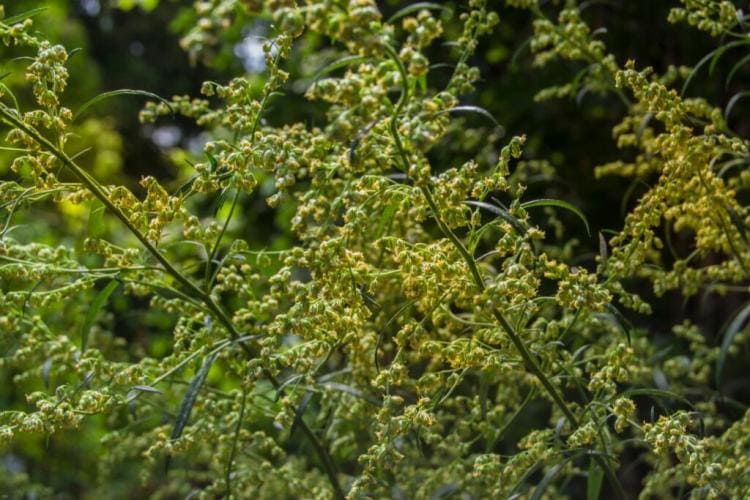
From late spring the mugwort shows its many small, yellowish flowers [Photo: sonja toben / Shutterstock.com]
Risk of confusion with mugwort : Some plants can be confused with mugwort. It is similar to many other species of the Artemisia genus, for example wormwood ( A. absinthium ).
Furthermore, mugwort is very similar in growth, appearance and leaf shape to the mugwort ragweed ( Ambrosia artemisiifolia ), which is already evident from its name. The ragweed ragweed originally comes from North America, but is also developing more and more into a problem weed in this country, as its pollen has a strong allergenic effect and it also occurs as a weed in agriculture. The distinction between mugwort and mugwort ragweed is easy on the basis of the leaves, since in mugwort ragweed they are green on both sides instead of silvery on one side.
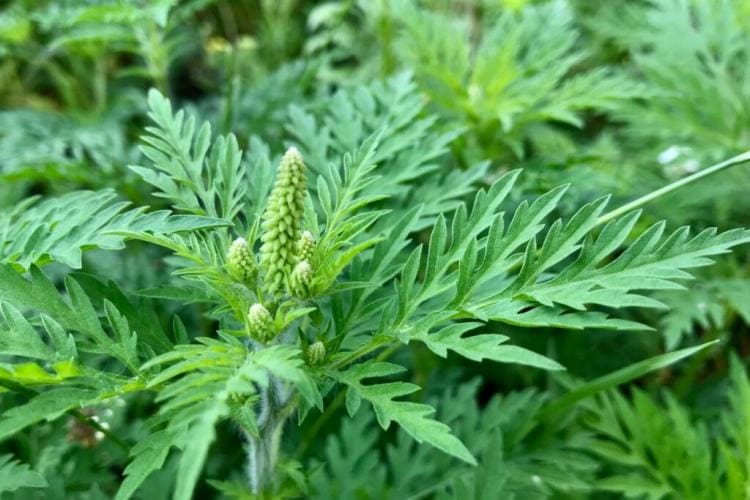
The mugwort ragweed – a problem weed that looks very similar to mugwort [Photo: Mala Iryna / Shutterstock.com]
Mugwort species and varieties
The genus Artemisia includes over 250 species. Some species of mugwort are briefly presented here.
Common mugwort ( A. vulgaris ) : Indigenous to us, up to 1.20 m high species of mugwort; reputed digestive properties; Use as a spice for fatty dishes.
Annual mugwort ( A. annua) also Chinese mugwort : One of the few non-winter-hardy mugwort species that usually does not flower in our country; rapidly growing; Height up to 2 m; with its dense foliage it is suitable for temporary hedges; caused a sensation a few years ago because it contains an active ingredient against malaria.
Dwarf silver mugwort ( A. Schmidtiana ) : Only about 20 cm high; pillow-like growth and filigree, silvery leaves; a wonderful companion for dark-leaved ornamental plants.
Steppe mugwort ( A. ludviciana ) : Mugwort species that originally comes from North America, where Indians used it for their ceremonies, as it is well suited for smoking due to its strong scent; in Europe mainly used as an ornamental plant, for example in Mediterranean gardens.

The dwarf mugwort fits in almost every sunny rock garden [Photo: JIANG TIANMU / Shutterstock.com]
Tip: The 250 species of the genus also include some other well-known perennials, which are planted in many gardens because of their scent and appearance. These include, for example, tarragon ( A. dacunculus ), real wormwood ( A. absinthium ) or the so-called cola bush ( A. abrotanum var. Maritima ), which smells intensely of cola.
Planting mugwort: sowing, location and procedure
In the field, mugwort is best sown from May onwards. It makes relatively few demands on the location, but prefers sunny, well-drained and nutrient-rich places. If you have very clayey, solid soil, organic material and a lot of sand will help loosen the soil and improve its permeability. With very dense soils, it may even be necessary to loosen the soil deeply, for example with a digging fork, in order to avoid waterlogging. In order to bring in organic material and nutrients, we recommend, for example, our Plantura organic universal soil, as it gives nitrogen-loving plants optimal starting conditions. Compared to conventional soils, up to 60% less CO2 is released during the production of peat-free soil. It is important to mix the soil well with the sand and the existing soil.
Since mugwort grows quickly and large, 2 to 3 seeds should be sown 70 cm apart. After a few weeks, only the strongest plant is left. Mugwort is a light germ, which is why it should only be lightly covered with earth.

It is best to sow or plant mugwort in May [Photo: BonNontawat / Shutterstock.com]
Tip: Mugwort can also be preferred on the windowsill from the beginning of March. To do this, simply place the individual seeds in small cultivation pots filled with soil and cover only lightly with soil. At an optimal germination temperature of 18 to 23 ° C, the first seedlings should appear after about fourteen days. From mid-May the plants can then be placed in their final location.
Proper care: is mugwort hardy?
With the exception of Artemis annua , the species of mugwort are hardy. However, the entire above-ground part of the mugwort plant dies over the winter, so that anything that does not like can be cut off in late autumn. In the spring mugwort then drives out of the rhizome again.
Fertilize mugwort:
As a rule, mugwort does not have to be fertilized. As an indicator of nitrogen-rich soils, however, it grows more vigorously if it is adequately supplied with this main nutrient element. Therefore nitrogen-based fertilizers, such as our Plantura organic universal fertilizer, can provide a remedy and increase growth. Since it mainly contains raw materials of organic and non-mineral origin, the organic universal fertilizer also contributes to a good soil structure and counteracts compaction.
Watering mugwort:
The mugwort only needs to be poured during long, hot dry periods, as it is basically adapted to dry locations.
Tip : To prevent it from spreading, you can harvest the mugwort flowers before they open. This way the seeds cannot spread.
Harvest and use mugwort
The closed flowers are usually harvested at the beginning of the flowering period of the mugwort between June and July. Older flowers and leaves contain significantly more bitter substances. Mugwort can be used both fresh and dried. To make it durable, you harvest branches approx. 40 – 60 cm long with flowers and hang them to dry in a warm, airy place.
Nowadays mugwort is mostly used as a culinary herb. It contains the essential oils camphor, cineole and thujone, which have a germ and fungus inhibiting effect and is rich in bitter substances. On the one hand, this protects it from predators and, on the other hand, it supports our digestion, which is why mugwort is often given as a spice to high-fat dishes such as the classic roast goose. But its use is not limited to that. With its bitter and aromatic, spicy taste, the young leaves of the mugwort can be used as a side dish or the flowers as part of a Mediterranean herb mixture. A common use as a home remedy is, for example, the preparation of a simple mugwort tea for stomach ailments. To do this, pour 1 teaspoon of dried mugwort with a cup of boiling water and let it steep for 1 – 2 minutes.
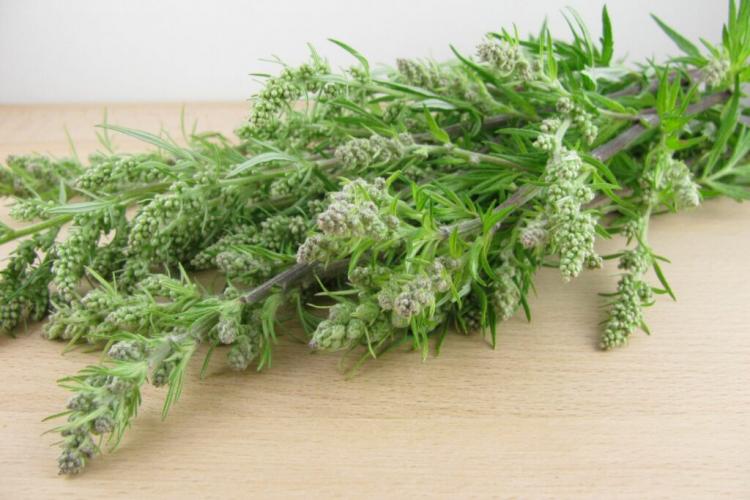
Mugwort contains bitter substances that are good for digestion [Photo: KatharinaRau / Shutterstock.com]
Tip: As already mentioned, mugwort has been an important medicinal herb since ancient times. Various effects have been attributed to it over the centuries. For example, it was used as a medicine for childbirth and gynecological problems or for termination of pregnancy. This also explains the Latin name, which goes back to Artemis, who was the midwife among the Greek gods. The Celts thought mugwort had magical properties, which is why they girded themselves with it for dancing at the solstice celebrations.
Is mugwort poisonous?
As long as the amount consumed is small, it is harmless to most people and has an antispasmodic and pain reliever. Since mugwort contains the essential oil thujone, which is considered harmful to health, excessive doses can lead to vomiting, among other things. Pregnant women should therefore completely refrain from using mugwort to be on the safe side. People who are allergic to daisy family can be allergic to mugwort. Animals are usually not interested in the rather coarse, hard stems. And even if you try, small amounts are not harmful to animals either.
If you want to get to know more plants of the Artemisia genus, you can read on, for example, in our article on wormwood.

